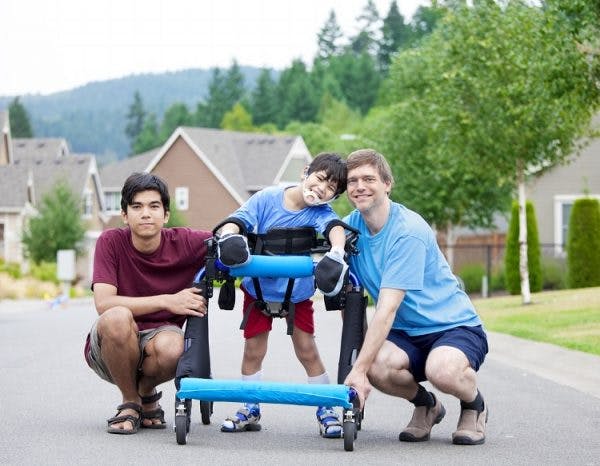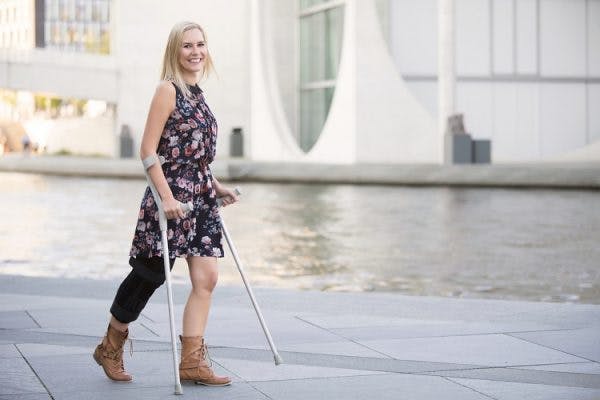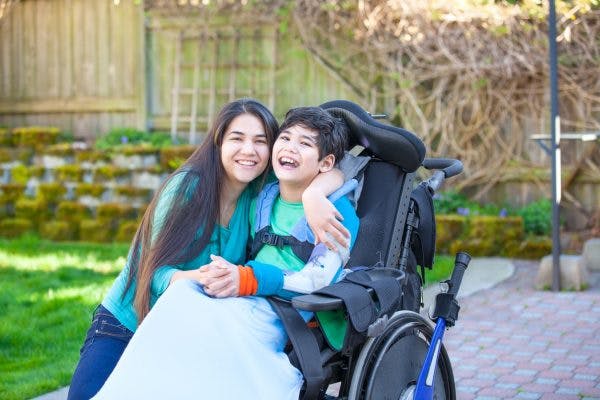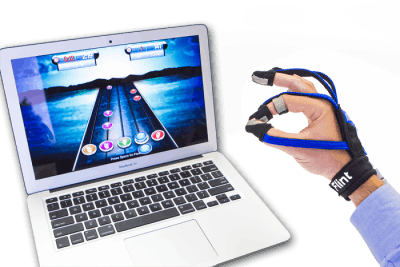
Cerebral Palsy and Scoliosis: Why They Often Co-Occur & How to Manage
Cerebral palsy is a motor disability that can significantly compromise one’s posture. If not properly managed, cerebral palsy can contribute to the development of a

Cerebral palsy is a motor disability that can significantly compromise one’s posture. If not properly managed, cerebral palsy can contribute to the development of a

Crouch gait refers to an abnormal walking pattern commonly observed in individuals with cerebral palsy. While it can be worrisome when your child starts to

Cerebral palsy can affect motor control anywhere in the body, including the legs. When cerebral palsy affects the lower extremities, it can cause motor impairments

Learning disabilities are fairly common among children with cerebral palsy; however, they are not directly related to CP. Instead, they are an associative condition caused

Did you know that roughly 75% of people with cerebral palsy experience pain? Cerebral palsy-related pain is complex and can be caused by the motor

Did you know that individuals with cerebral palsy are more susceptible to sleep problems? In fact, it’s suggested that 23%–46% of children with cerebral palsy experience

Cerebral palsy is a motor disorder, meaning that it primarily affects one’s movements. However, difficulties controlling one’s movements can also affect major body functions such

Knee pain due to cerebral palsy is a fairly common secondary effect. In fact, nearly 21% of individuals with cerebral palsy that can walk experience

Are children with cerebral palsy more prone to behavior problems? Behavior problems like temper tantrums are completely expected and typical in any young child. However,

Both cerebral palsy and muscular dystrophy can involve abnormal muscle tone along with poor balance and posture. However, the two conditions are distinctly separate. To


Take the first step towards recovery.